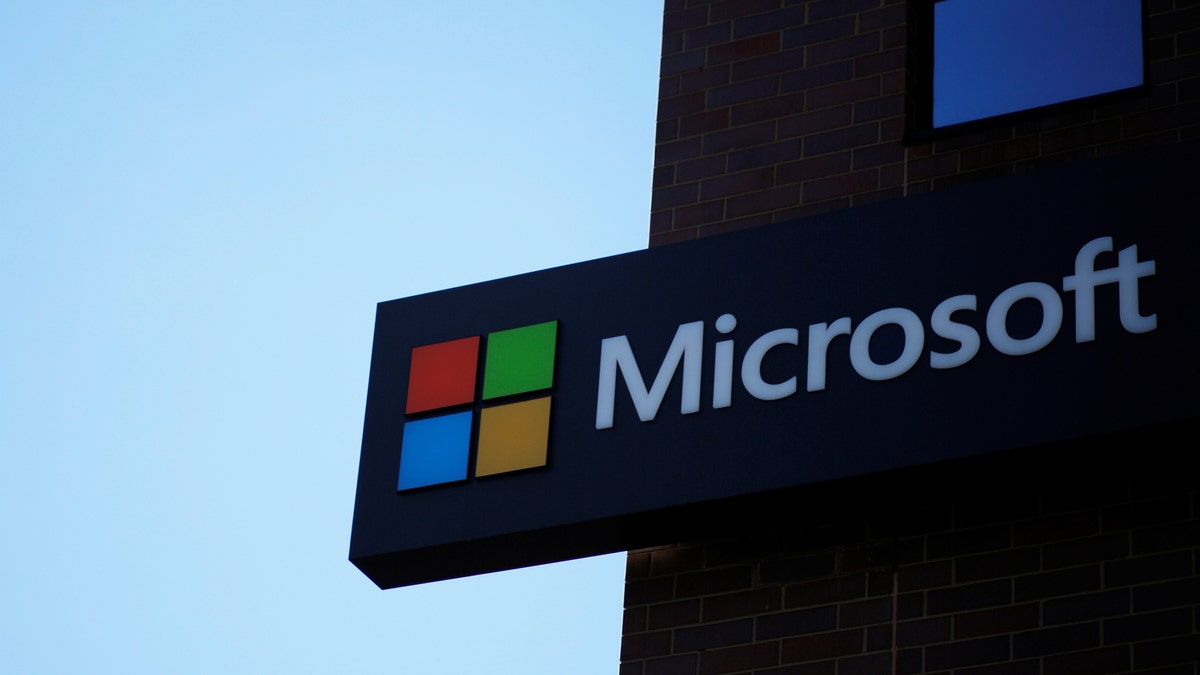
File photo: A sign marks the Microsoft office in Cambridge, Massachusetts, U.S. January 25, 2017. (REUTERS/Brian Snyder)
Microsoft seriously dropped the ball with this generation of game console hardware. It initially forced everyone to have a Kinect with the Xbox One, before removing Kinect only to reveal the performance gained from doing so still meant the console was no match for the PS4. Now with the PS4 Pro pulling even further ahead, Microsoft needs to rebound, and all hopes are pinned on Project Scorpio.
The initial boast was that Scorpio would hit six teraflops of performance and offer 320GB/s of memory access. Surely not? But today, as promised, Digital Foundry confirmed Microsoft's development team is set to deliver just that, and ahead of schedule.
As the video above explains, Microsoft worked with AMD to add a lot of customization to Scorpio's hardware, to the point where GPU performance is comparable to a Radeon RX 480 graphics card. The key to that being 40 compute units clocked at 1,172MHz. For comparison, the PS4 Pro uses 36 compute units clocked at only 911MHz. The Xbox One uses 12 clocked at 853MHz. The Scoprio CPU is an AMD eight-core x86 chip clocked at 2.3GHz (Xbox One is clocked at 1.7GHz making Scorpio 31 percent faster and enjoying much lower latency).
Digital Foundry states Scorpio enjoys a 43 percent compute advantage over PS4 Pro and it does indeed hit six teraflops of performance.
More From PCmag
On the memory front, Microsoft also delivers, managing a total bandwidth of 326GB/s. That's achieved by using 12 1GB GDDR5 memory chips running on a 384-bit bus. Games will have access to 8GB of memory with the other 4GB reserved for the system. For comparison, Xbox One games only had access to 5GB of RAM. The extra 1GB for the system means Scorpio should have no trouble running its interface at 4K.
Microsoft is also very keen to improve existing Xbox One games and cater to gamers who have 1080p TVs. Remember, Scorpio is a mid-generation refresh and not a replacement for the Xbox One, so it's important everything already released still works, only better. Here also, the news is very positive.
Updating existing games to take full advantage of 4K visuals, or greatly enhancing visuals and effects at 1080p, is a few days of work for developers. The example given is Turn 10 porting the Forza engine in just two days. Running the game with maximum cars on screen and a 4K resolution resulted in a solid 60fps, but importantly, GPU utilization never went about 70 percent.
Packing that amount of performance into a console will generate a lot of heat. Even so, Scorpio is going to be a relatively small console with an integrated power supply. How did Microsoft achieve that? By using vapor chamber cooling for the first time in a console. You more typically see this cooling technique used on high-end PC graphics cards.
There's still a lot more to learn about Project Scorpio, but on the performance front it looks very promising. According to Digital Foundry we're only six months away from it being ready to launch, so Microsoft should easily have it on store shelves in time for the holiday rush.
This article originally appeared on PCMag.com.




















